3622 videos match your search.
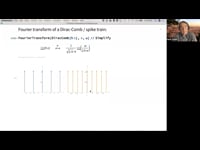 |
Markus van Almsick In this talk, Markus van Almsick reviews the most popular and most advanced interpolation methods and discusses their merits and shortcomings. |
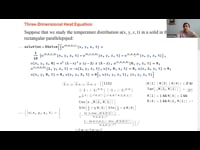 |
Unal Goktas This talk by Unal Goktas presents an overview of solution methods for partial differential equations (PDEs) in the Wolfram Language. It covers not only the classical methods but also relatively ... |
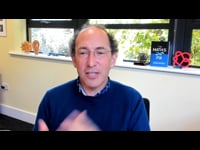 |
Conrad Wolfram In this talk Conrad discusses why he wrote The Math(s) Fix and what he aims to achieve with it. Additionally, he will propose ways in which the Wolfram technology ... |
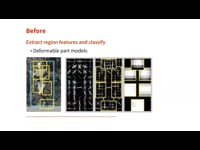 |
Giulio Alessandrini In this talk, Giulio Alessandrini shows how to use the Wolfram Language to build a full object detection pipeline, import or generate the necessary data and create a model to ... |
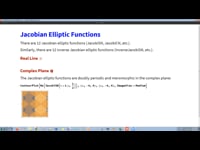 |
Devendra Kapadia This talk features Devendra Kapadia, who summarizes recent developments related to calculus and algebra in the Wolfram Language. |
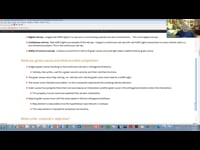 |
Melvin Friedman Melvin Friedman’s team was tasked with designing road and traffic control systems that maximize traffic flow and minimize red-light wait time. This talk describes how they found a way to relieve bumper-to-bumper traffic on highways and build inexpensive uninterrupted flow roads that function like highways. Mathematica makes it possible ... |
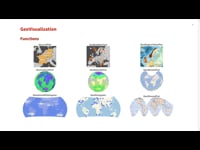 |
Nirmal Malapaka In this talk, we will explore different geographic visualization functions in the Wolfram Language. We will look at how different types of data are used in these functions as well ... |
 |
Anshu Manik, PhD In this talk, members of the Wolfram Technical Services group present work done to develop custom applications that had innovative interfaces backed with powerful engines and some very interesting concepts. ... |
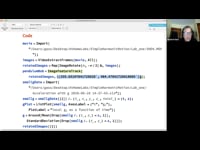 |
Richard Gass In this talk, Richard Gass describes efforts to provide "at-home" labs for second-year physics majors using Mathematica, smartphones and cheap kits shipped to students. Mathematica’s sophisticated tools for analyzing video that, coupled with the ability of smartphones to take high-speed, high-definition ... |
 |
Etienne Bernard As part of the Wolfram Language, we developed efficient yet user-friendly machine learning tools aimed for use at both beginners and experts in the field. These tools include a neural ... |
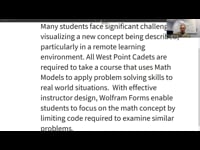 |
Timothy Newlin CPT Timothy Newlin of West Point talks about how he uses Wolfram technology for online math courses. With effective instructor design, Wolfram forms enable students to focus on the math ... |
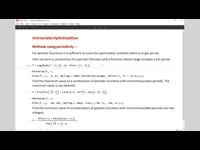 |
Adam Strzebonski Recent releases of Mathematica have significantly extended the exact global optimization capabilities, and more optimization methods are currently under development. In this talk, Adam Strzebonski shows some examples of Wolfram ... |
 |
Minhsuan Peng In this talk, we will look into our newly tuned-up VectorPlot and StreamPlot as well as their list version families and other derivatives, including the volume plot SliceVectorPlot3D. These ... |
 |
Alison Ord In this talk, Alison Ord discusses whether applying Rule 30 might be a better method for predicting the presence of mineral deposits before drilling than current methods. |
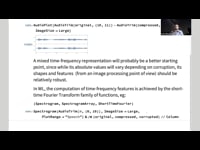 |
Carlo Giacometti Where have I heard that song? For us humans, it is pretty easy to recognize a recording. However, to a machine, two signals that sound the same could look totally different! In this talk, Carlo Giacometti uses the Wolfram Language to understand and explore ... |
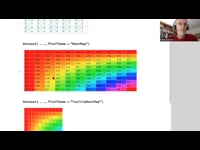 |
Jose Martin-Garcia, Chris Carlson We continue to expand and improve the functionality of Dataset. This presentation features Jose Martin-Garcia and Chris Carlson describing current and anticipated work, including Dataset editing, themes and improvements to ... |
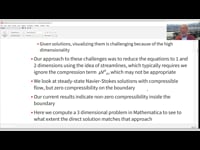 |
Jerry Thomas As a next step in investigating decision process theory, Jerry Thomas considers steady-state non-streamline solutions to a 3D model. The equations are modified Navier–Stokes equations. Using NDSolve, he shows that these steady-state solutions are not dissimilar to fluid flow solutions despite the modifications. The solutions confirm a result from looking at 2D streamline solutions: they yield stable structures, ones ... |
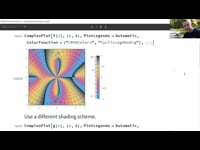 |
Tim McDevitt We will tour the new functions in Version 12 for visualizing complex data and complex-valued functions of both real and complex variables. |
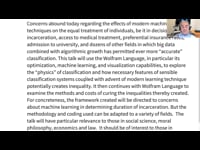 |
Seth Chandler Seth Chandler uses Wolfram Language to first explore the "physics" of classification and how necessary features of sensible classification systems coupled with the advent of modern learning techniques potentially create ... |
 |
Charles Pooh In this talk, Charles Pooh talks about the latest geometric functionality in the Wolfram Language, including updates to mesh regions, new geometric computation functions, and future plans. |